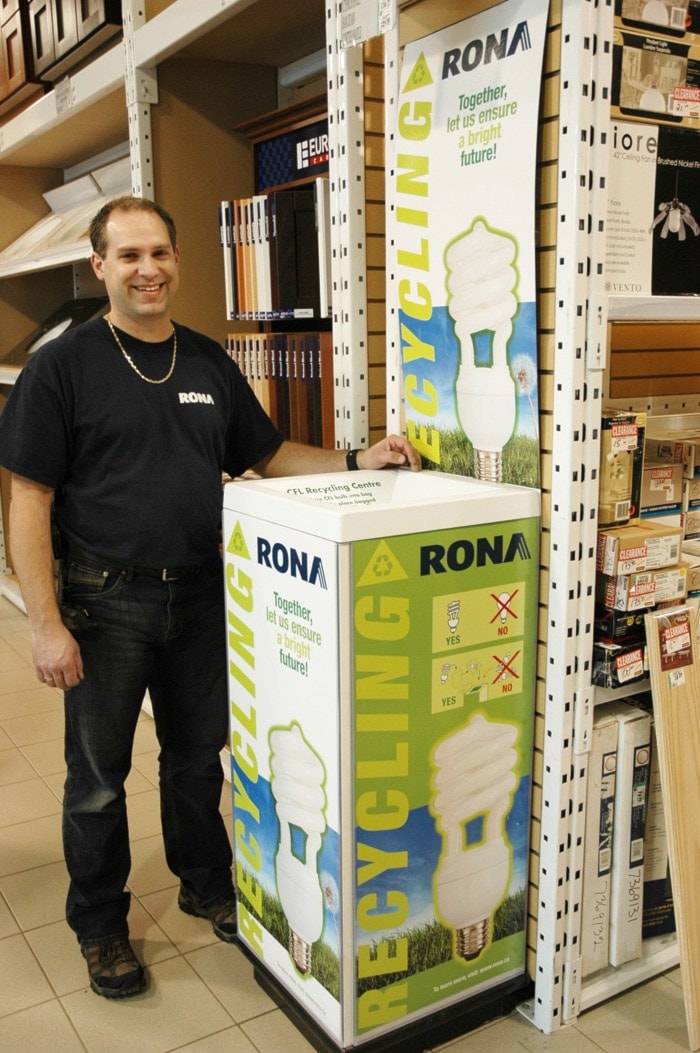Terrace can finally recycle mercury-laden compact fluorescent light bulbs (CFLs).
In an effort to go-green, 75 and 100 watt incandescent bulbs are being weeded out under a provincially mandated program. CFLs are expected to replace them despite leeching mercury into the soil if simply thrown in the garbage.
And while the program began in July 2010, Terrace was without a place to safely trash the bulbs until recently. Now, residents can recycle CFLs by bringing them to Rona. Both CFLs and fluorescent tube lighting — which also contain mercury — can be recycled at the city landfill.
Although the city initially wanted to collect both kind of fluorescent lights, it has now changed it's mind.
Sustainability coordinator Tara Irwin explained the city still needs a central depot to recycle both kinds of lights, and is waiting for a community business to step-up to the task.
And, she added that recycling bulbs just makes sense given the energy savings and more.
"The bottom line is that CFLs have huge energy savings in comparison to incandescent, and a much longer life span," she said. "I think the transition to CFLs is positive, and I am pleased to see that incandescent will be phased out."
CFLs require 25 percent the energy of their incandescent counterpart to produce the same amount of light. The simple theory is, the less energy we use, the better for the environment. But CFLs have been the centre of a contentious debate that has people asking, why are the bulbs being introduced as eco-friendly when mercury is dangerous to our landfills and health?
Dave Harris, manager of New-Life Industries, a commercial fluorescent-light recycling plant, said recycling is what makes CFLs green.According to him, just a half cup of mercury is enough to make a lake or river inhabitable for years. Each residential bulb contains 2 to 5 mg of mercury powder. Fluorescent tube lighting, both residential and commercial, can contain up to 7 mg, which he said is about a pea sized amount.
But Harris explained, when the lights are recycled, all of their parts get re-used, including the mercury. During the recycling process, the fumes don't release into the atmosphere. The bulb parts are separated into groups, and the mercury is extracted and renewed so it can be re-used in new bulbs.
While there’s no depot for commercial bulbs, they can be shipped to New-Life Industries for recycling.
For more information on recycling fluorescent lights, visit www.productcare.org/lights.
